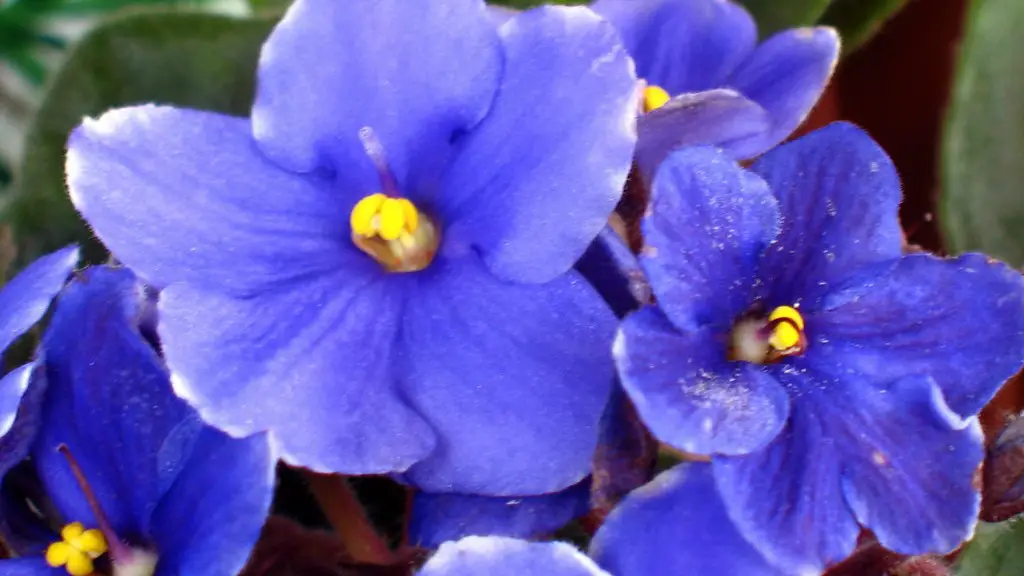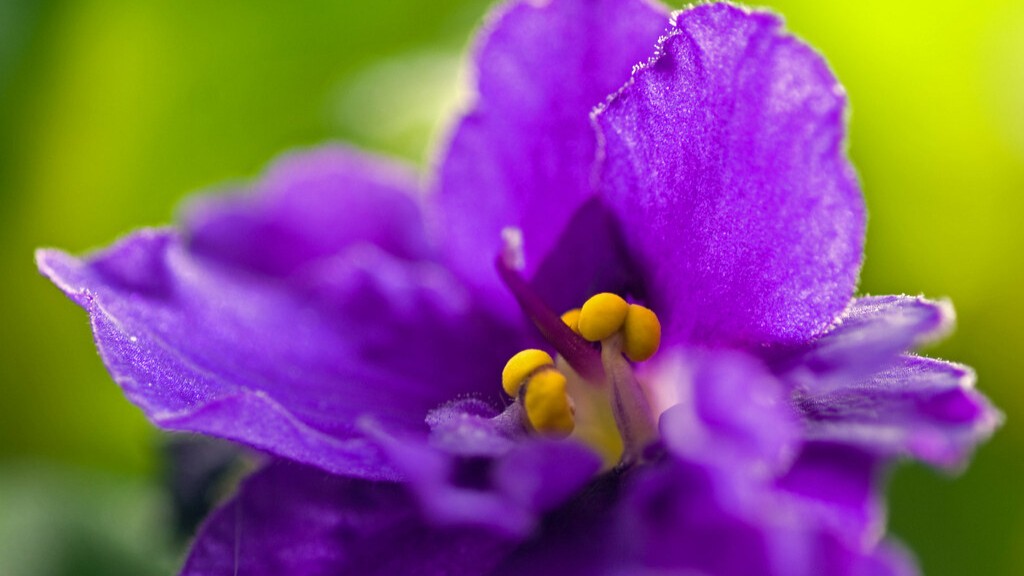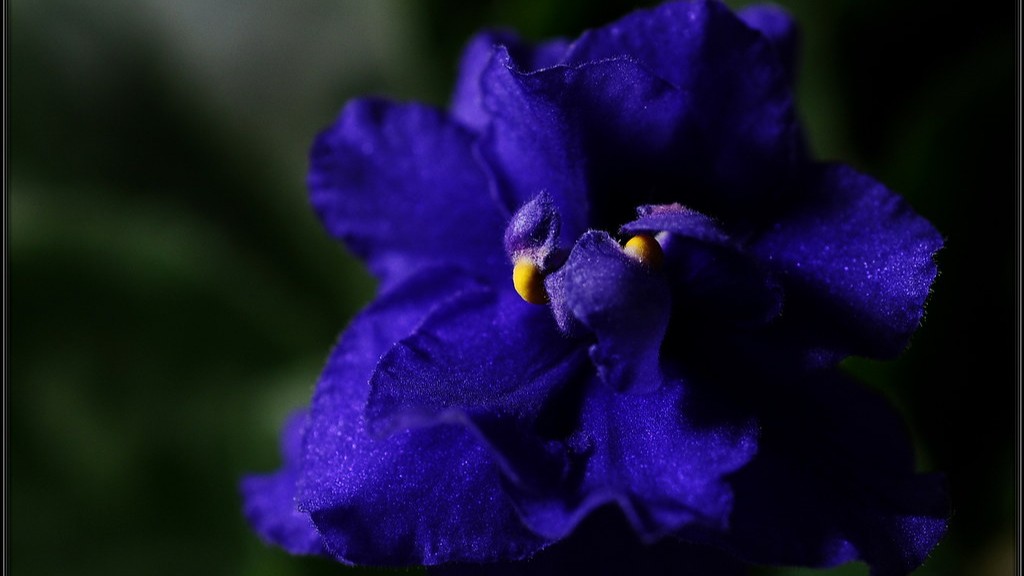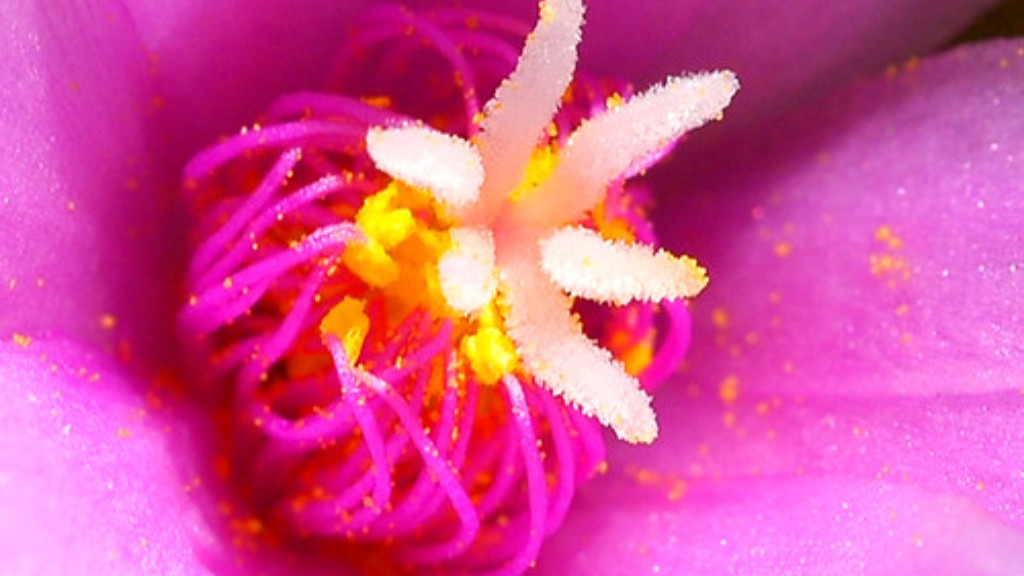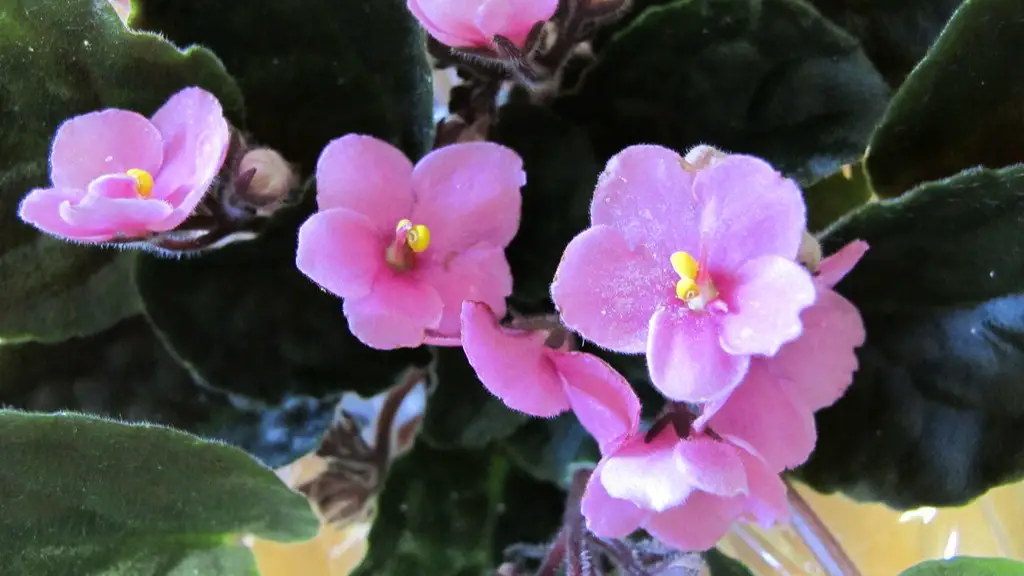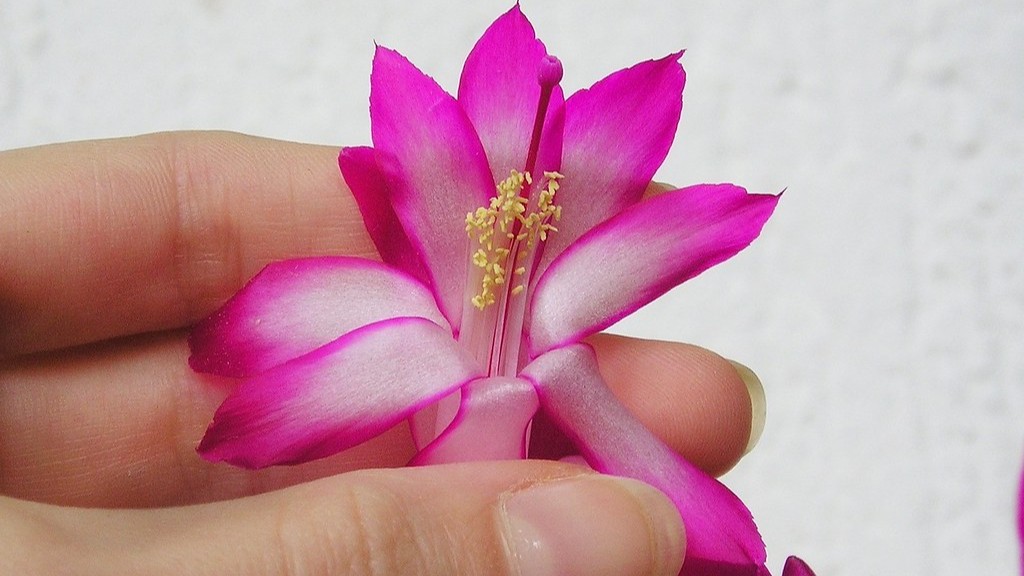To have healthy and thriving African violets, it is important to have the right type of soil. The soil should be loose and well-draining, yet also have the ability to hold moisture. A good mix for African violets is two parts peat moss to one part perlite. This mix will provide the plants with the right amount of drainage and moisture retention.
The soil type that is best for African violets is one that is loose and well-draining. This type of soil will help to keep the roots of the plants from becoming waterlogged, which can lead to problems such as root rot.
Can I use regular soil for African violets?
African violets prefer slightly acidic conditions, between 58 to 65 pH. In conventional soil, your plant won’t be able to efficiently absorb nutrients. Generally, peat moss is used to lower the pH in African violet potting soil.
This soil mix is ideal for African violets. It provides the perfect balance of drainage and moisture retention that these plants need. The peat moss, humus, or leaf mold help to retain moisture, while the perlite, vermiculite, or sand provide drainage.
What kind of pots are best for African violets
Plastic pots are a great option for African violets, as they are long-lasting and help to keep the soil from drying out too quickly. They also come in a variety of sizes, so you can find one that’s just the right size for your plant.
The African violet is a beautiful and delicate plant that requires specific care in order to thrive. One important factor in the care of African violets is the type of soil in which they are planted.
While succulents thrive in a soilless potting mix that drains well, African violets need a soil that will retain some moisture. This is because African violets are native to tropical regions where the air is moist and humid. In order to mimic their natural environment, African violets need a soil that will help to keep the air around them moist.
There are a few different types of soil that can be used for African violets. One option is to use a potting mix that is specifically designed for African violets. These mixes usually contain ingredients that help to retain moisture, such as sphagnum moss.
Another option is to create your own African violet potting mix. To do this, mix together equal parts of perlite, vermiculite, and peat moss. This mix will provide the drainage that African violets need, while also helping to retain some moisture.
No matter which soil you choose to use, be sure to water your African violets
Do African violets need deep pots?
African violets need shallow, breathable pots with good drainage. They don’t like deep pots because their roots go sideways, so make sure your pot has suitable drainage holes. You can also get African violet specific pots that have a terra cotta sleeve you plant in and a water reservoir.
A good potting soil for African violets actually contains no soil (or dirt) at all. A good potting soil will be very light and porous, a quality which enhances aeration, while keeping the soil moist, but not soggy. Such a potting soil will be made primarily of block-harvested, sphagnum peat moss.
Can you use regular Miracle Grow on African violets?
This is a great fertilizer for African violets and other blooming houseplants. It provides the nutrients they need to produce lots of beautiful blooms.
Epsom salts are a great way to provide plants with essential magnesium and sulfur. By dissolving one and a half teaspoons of Epsom salts in a quart of tepid water, you can create a solution that will help your plants grow healthy blooms and foliage. To use, simply water your plants (below the leaves) with the solution once a month.
What is the secret to growing African violets
African violets need indirect sunlight or they will get sunburned leaves. The best place to put them is in a north- or east- facing window. Keep plants away from cold glass and rotate the pot once a week so all leaves receive light. Extend daylight by placing African violets under a grow light during winter months.
When choosing a pot for your African violet, it’s best to go with a smaller option. African violets do best when they are slightly pot-bound, so a smaller pot will help to keep your plant healthy. Keep in mind that if you have a standard African violet plant, your starter pot should be about 3-4 inches in diameter.
How often should an African violet be watered?
A wicking system is basically a self-watering system that uses a wick to draw water up from a reservoir into the soil of the plant. This means that the plant has a constant supply of moisture and you only have to water the reservoir once a week or so.
When planting violets, it’s important to use a light, loose, fast-draining potting mix that’s 30 to 50 percent perlite or vermiculite. This will help ensure that the plants have the proper drainage and nutrients they need to thrive. You can mix up your own potting soil, or purchase a pre-made mix specifically for violets. Just be sure to keep them planted in small pots and re-pot once a year to give them fresh, nutrient-rich soil.
Is it best to water African violets from the bottom
Watering your plant is important to keeping it healthy and encouraged to bloom. The soil should be kept moist to dry, and around the roots should be allowed to dry out before watering again. This will help promote blooming. It is best to water from the bottom, using room-temperature water, by placing the plastic grower’s pot in a larger container of water and allowing the plant to absorb the water (not more than 30 minutes).
If you’re looking to add some new African violets to your collection, the good news is that it’s easy to root them from leaves. The quickest and easiest way I’ve found to root them is in water using a leaf from an existing plant. You can take the leaf from your own plants, or even from a friend’s.
To get started, cut a healthy leaf from the base of the plant, making sure to include a bit of stem. Then, place the leaf in a jar or glass of water and set it in a warm, sunny spot. Within a week or two, you should see roots start to form. Once they’re a few inches long, you can then pot up your new plant.
How often should you change the soil in African violets?
African Violets are typically kept in the same size pot and re-potted in fresh soil every six months. This ensure that the plant has a fresh supply of nutrients, and also helps to aerate the roots of the plant.
African violet plants are best suited for plastic pots. You don’t have to worry about the soil drying out, and they are long lasting. Plastic pots are also available in a variety of sizes and colors, so you can find the perfect one to match your needs.
Warp Up
The best type of soil for African violets is a light, well-drained soil. The soil should have a high organic content and be able to retain moisture.
One popular type of soil for African violets is a mix of one part peat moss and one part perlite. This combination provides drainage while still holding moisture and nutrients. African violets also need a soil that is high in organic matter. This can be accomplished by adding compost or manure to your soil mix. Another option is to use a commercial potting mix that is labeled as being for African violets.
